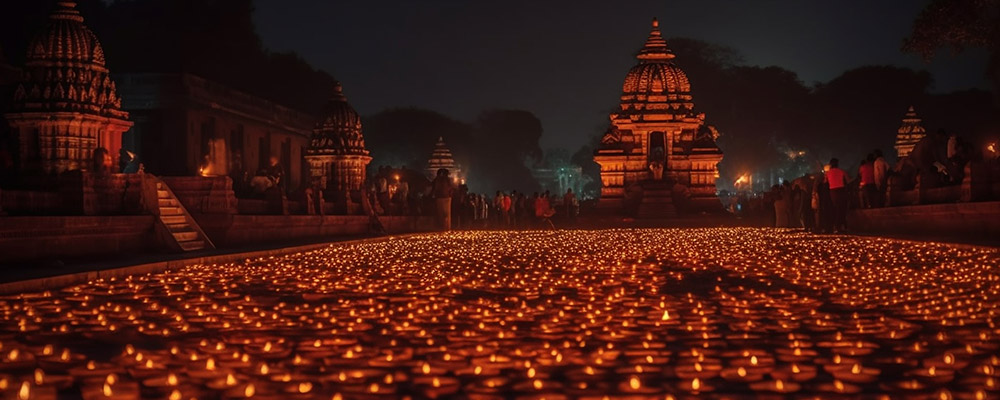Blog

The Bridge of Asses and History of South India??
You read the title right. It is the first time I have across this analogy – a reflection of my lack of knowledge about Latin and Greek.
“In the history of the Cholas too, in spite of the fact that much has been written about them, there remained big gaps in the information about the kings that preceded the Vijayalaya line and about those that ruled in the interval between Parantaka I and Rajaraja I. The latter is no doubt one of the very puzzling chapters of the South Indian history and it has proven an ass’s bridge to many an enquirer.”
By Dr Sir S Subrahmanya Iyer in the preface to the book “Ancient Dekhan” by K. V. Subrahmanyah Iyer, published in 1917 (1).
This was a good explanation of the origin of the term “Ass’s bridge” (2).
“Around 1250 a man named Roger Bacon gave an alternate name to Euclid’s fifth proposition in the first book of his elements, which I will from here on out refer to as “the Bridge of Asses” or the fifth proposition. The name he gave it was Elefuga, another word I will use freely to refer to the fifth proposition. Elefuga, derived from Greek, means, “escape from misery.” Medieval boys were presented with the Elefuga shortly before their “escape from misery.” That is to say most medieval young men’s experience in geometry ended shortly after they encountered the fifth element, because it proved they simply did not want to go on or their mentor felt they should not. They, like a donkey fears crossing a bridge, had a hard time grasping the fifth proposition or refused to grasp it. I personally believe they refused to try to grasp it or the mentor did not want to walk them through it well enough. This is because I think with time and patience people can overcome most barriers, but again I am digressing.”
Now what is the fifth proposition of the Euclides first book of elements?
“In isosceles triangles the angles at the base equal one another, and if the equal straight lines are produced farther, then the angles under the base equal one another.”
This metaphorical term was used to separate the men from the boys.
I am sharing a screen shot of this wonderfully written book, available for the princely sum of Rs. 5 in 1917, printed in Madras.

References:
- “Ancient Dekhan” by K. V. Subrahmanyah Iyer.
- https://3010tangents.wordpress.com/2015/03/25/the-bridge-of-asses/

